Crafting majesty: Tasleema Alam's royal commissions and love for Islamic art

From gracing the majestic walls of mosques to the pages of intricate manuscripts and beyond, the appeal of the Islamic art form has persisted over centuries and captivated many. The beauty and depth of this art form attracted Tasleema Alam – an artist, designer and educator – who recently designed an Afghan carpet for His Majesty King Charles III.
Alam's path into the world of Islamic art was not predetermined but a result of introspective quests and spiritual exploration.
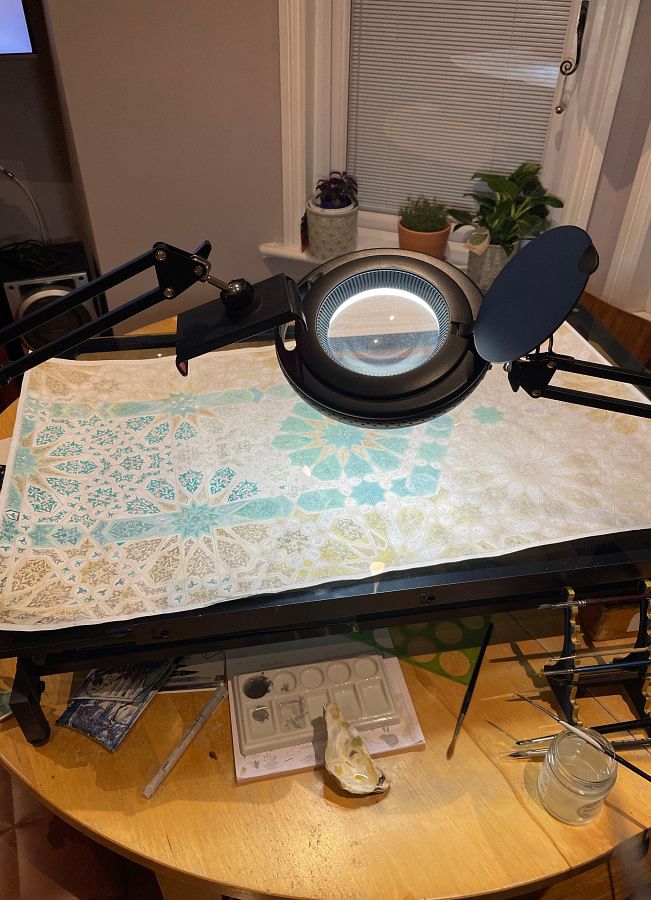
"From my teens, I was an avid explorer of sacred scholarship," she recalls. Her engagement with texts by Gai Eaton, Imam Al Haddad, and other scholars ignited a profound interest in the spiritual dimensions of art. This intellectual curiosity led her to pivot from a successful career in banking to pursue her creative aspirations.
This decision brought her to the Prince's School of Traditional Arts in London, where she felt an instant connection.
"I knew instantly I had arrived home," she describes her initial visit, surrounded by the familiar books and patterns that had long captivated her imagination. Alam completed a three-year course and graduated with an MA in Visual Islamic and Traditional Arts in 2009.
In 2012, Alam founded Traditional Ateliers, a name that resonates with her initials and encapsulates the essence of her work. This venture was established as a platform to educate and inspire through art workshops, emphasising the use of local resources. Traditional Ateliers first opened its doors in Dhaka in 2014, marking the beginning of what Alam regards as the formative years of her artistic career.
Alam's career reached a new height when she received a commission related to the coronation of King Charles III.
"I had just been invited to design a carpet for H M King Charles III in honour of his Coronation," she reveals. The excitement of such a prestigious project was mixed with the anxiety of delivering to such high expectations. This opportunity not only highlighted her skill and creativity but also affirmed her role in modernising and preserving Islamic art through high-profile collaborations.
In her work, Alam constantly navigates the balance between tradition and innovation, a theme that is vividly represented in her designs.
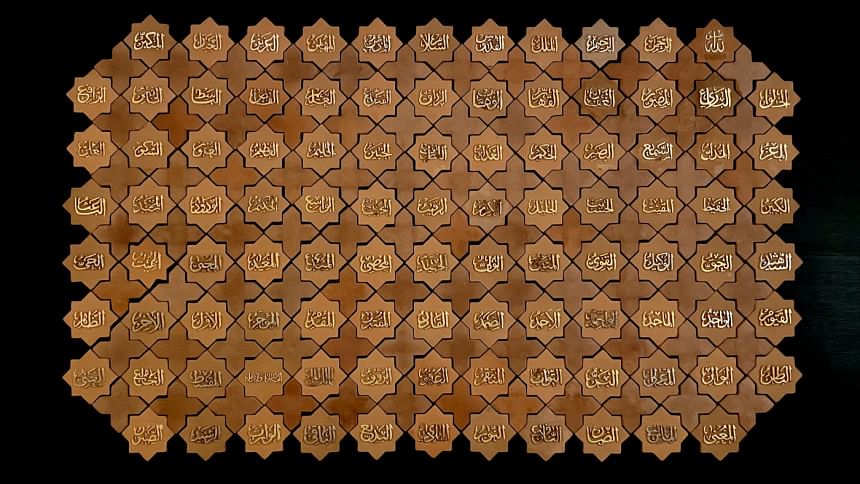
Alam's art is deeply philosophical, reflecting her spiritual beliefs and her profound understanding of Islamic art's three branches: geometry, biomorphic patterns, and calligraphy. "These are reflections I try to remember when creating an original piece of work," she states. Her approach is to use ornamentation not just as decoration but as a homage to divine beauty.
Furthermore, Alam was offered an opportunity to teach Mughal Miniature painting at Dhaka University.
She shares, "This was indeed a great honour and I am very grateful to the Chairman of the Department of Drawing and Painting, Professor Md Iqbal for inviting me to deliver this course."
Alam explains that this experience would have helped the MA students to experience a tradition of painting that was part of Bengali history once.

Reflecting on the challenges she has faced, including self-doubt and societal perceptions of art, Alam acknowledges the importance of support from patrons and family, particularly her daughter, who has been a significant motivator in her journey.
Above all, her journey in Islamic art is not just a personal triumph but a shared success.
"I feel success is a collective effort. The right people in your life at the right time," Alam acknowledges gratefully. She specifically credits Dr M K Aaref, Director of the EMK Center, who gave her the first solo show, a workshop, and a public lecture, paving the way for many more achievements.
Through her endeavours, Tasleema Alam has not only attempted to preserve the intricate beauty of Islamic geometric and ornamental designs but has also ensured their continued relevance and resonance in contemporary culture. Her work as an artist, educator, and innovator truly serves as a bridge, connecting the rich heritage of the past with the dynamic possibilities of the future.

 For all latest news, follow The Daily Star's Google News channel.
For all latest news, follow The Daily Star's Google News channel. 

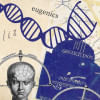
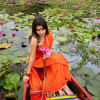


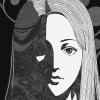


Comments